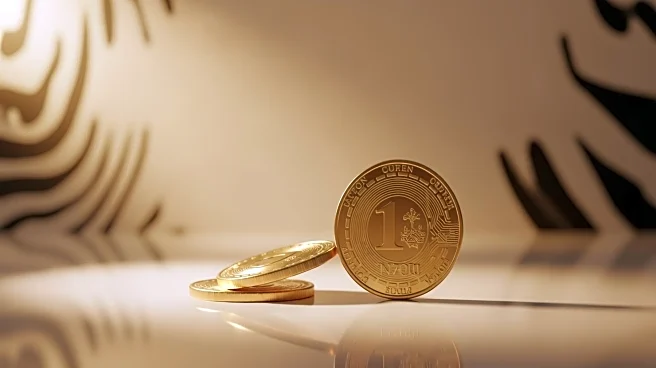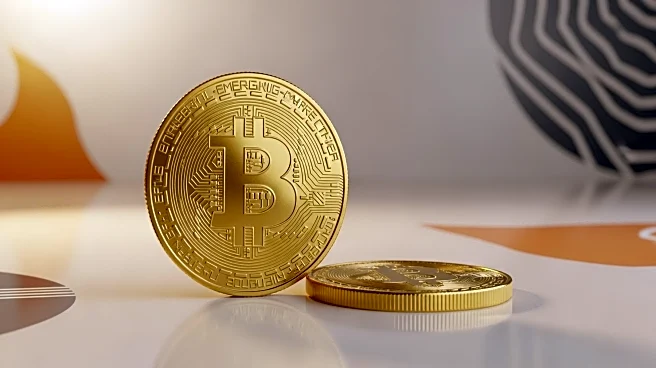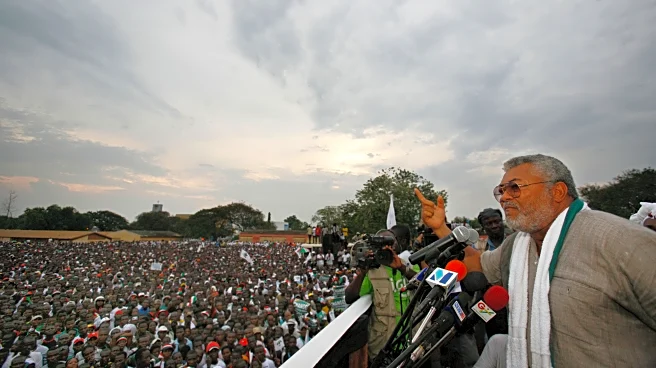What's Happening?
The precious metals sector has experienced unprecedented growth, with gold futures trading above $4,200 per ounce as of October 2025. This represents a more than 100% increase from late 2023 levels, significantly impacting global financial markets. Emerging
economies, particularly in Africa and Central Asia, have benefited from this rally. South African gold mining companies have seen their share prices triple, and the country's 10-year government bond yields have dropped below 9% for the first time in over seven years. Ghana, Africa's top gold producer, has also strengthened its sovereign credit profile, with the Ghanaian cedi appreciating by approximately 38% in 2025. Central banks in emerging markets, such as those in Poland, Turkey, and Kazakhstan, have been major players in global gold demand, pursuing systematic accumulation strategies.
Why It's Important?
The gold rally has provided emerging markets with significant economic opportunities, allowing them to leverage gold exposure for development and international influence. The rally has reversed traditional market dynamics, with emerging markets attracting investment flows despite high gold prices. This shift is partly due to dollar weakness and easing financial conditions, which have increased the attractiveness of gold as an alternative store of value. The rally has also led to improved investor sentiment and credit perceptions in gold-producing nations, resulting in lower borrowing costs and stronger currencies. However, the sustainability of these benefits depends on broader economic fundamentals and geopolitical stability.
What's Next?
The future trajectory of the gold rally will depend on several factors, including Federal Reserve policy, trade relationships, and geopolitical tensions. Major financial institutions have revised their gold price forecasts upward, with HSBC expecting gold to reach $5,000 per ounce in 2026. The composition of gold demand has evolved, with central bank purchases creating a price floor effect. However, supply-side constraints, such as limited new mine development and rising extraction costs, may support sustained higher prices. Emerging markets must navigate these dynamics to translate temporary windfalls into long-term economic improvements.
Beyond the Headlines
The current gold rally reflects fundamental shifts in global monetary preferences and geopolitical relationships, positioning emerging markets as key players in the precious metals market. This evolution suggests that traditional frameworks for analyzing gold markets may need updating to account for emerging market central bank policies and strategic reserve management. Investors focused on long-term precious metals exposure will need to incorporate emerging market analysis into their research and allocation processes.















